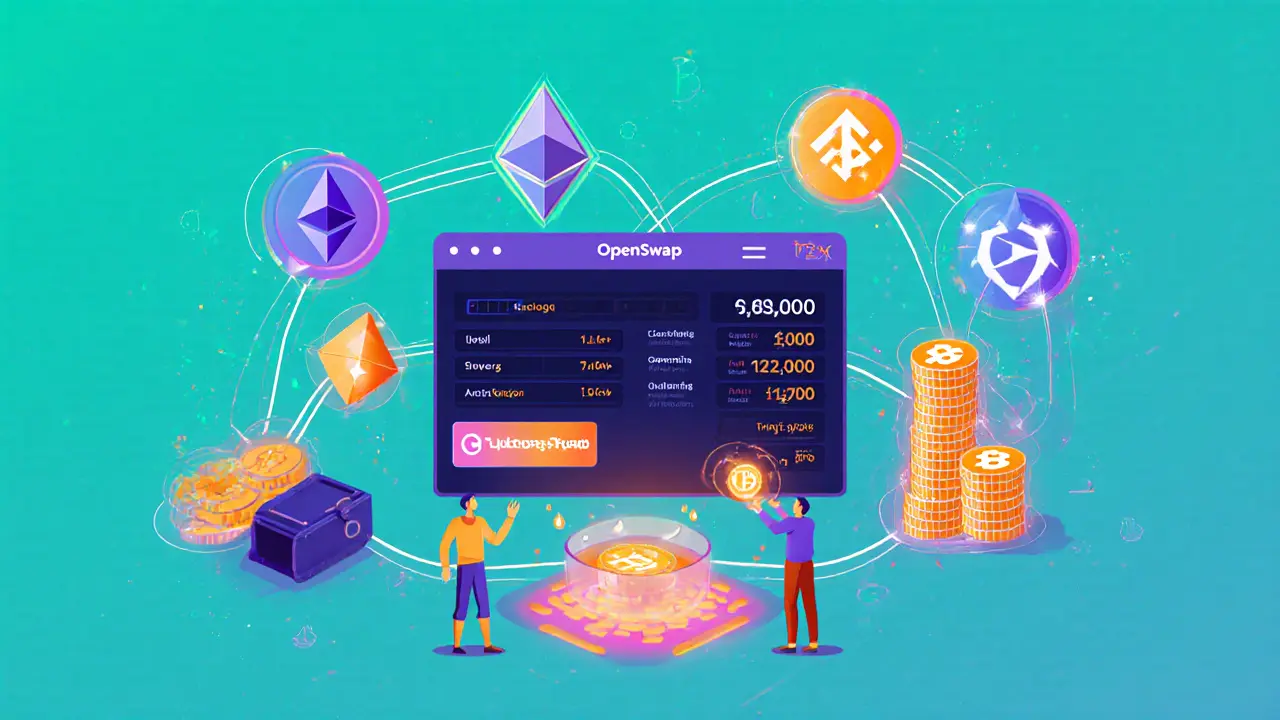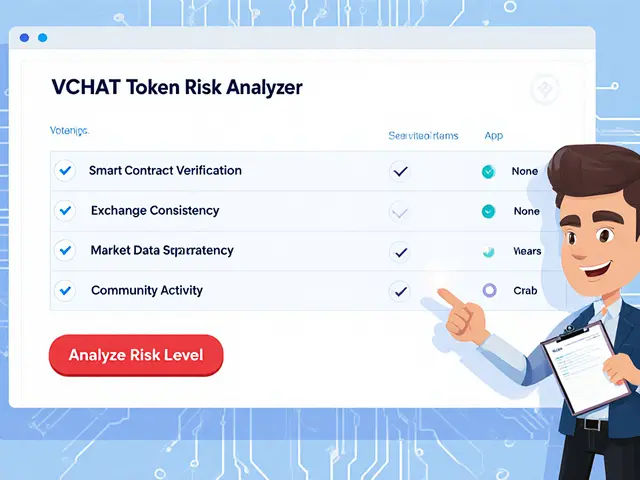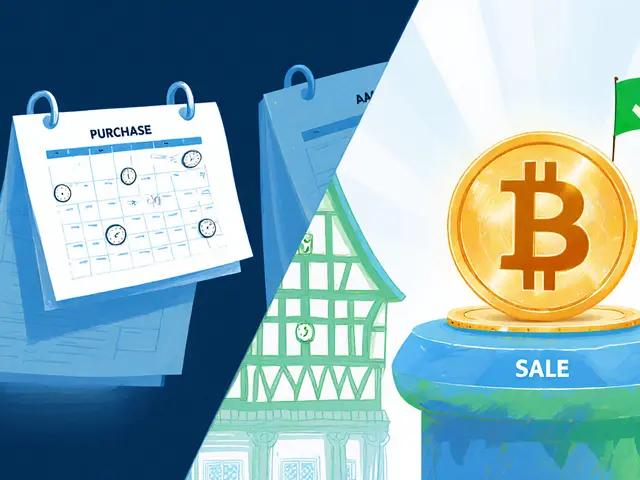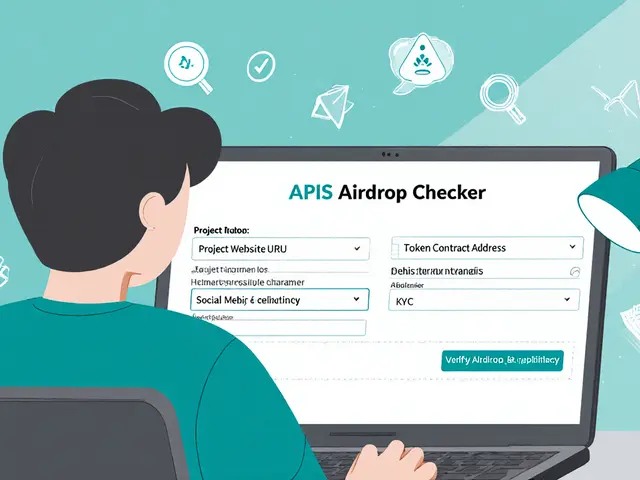- Home
- ::
- OpenSwap Crypto Exchange Review: Features, Security, and How It Stacks Up

OpenSwap Crypto Exchange Review: Features, Security, and How It Stacks Up
OpenSwap vs. Major DEXs Comparison Tool
Exchange Comparison Overview
This tool helps you compare key features of OpenSwap with established DEXs and CEXs to make informed trading decisions.
Selected Exchange
Comparison Results
Select exchanges and features to compare
Risk Assessment
Assessing the risk level of trading on different exchanges based on key factors:
Note: Risk levels depend on factors such as TVL, audit status, and regulatory compliance.
Key Takeaways
- OpenSwap is a niche decentralized exchange (DEX) with limited public data; treat it as an experimental platform.
- Liquidity and TVL are modest compared with market leaders like Uniswap and Curve.
- Security audits are not widely published, so users should employ strict risk management.
- Fees appear competitive, but exact rates vary by trade size and network congestion.
- For most traders, established DEXs or reputable centralized exchanges (CEXs) remain safer choices.
What is OpenSwap?
OpenSwap is a decentralized cryptocurrency exchange that aims to provide permission‑less token swaps across multiple blockchains. The platform launched quietly in early 2024 and positions itself as a low‑fee, community‑governed alternative to high‑traffic DEXs. Because the project has not secured a spot on major exchange ranking lists, public information is sparse, and many details rely on community reports and the limited documentation released on its GitHub repository.
How OpenSwap Works
The core of OpenSwap is an automated market maker (AMM) model, similar to Uniswap and PancakeSwap. Liquidity providers (LPs) deposit equal values of two tokens into a pool; traders then swap against that pool, paying a small fee that is shared with LPs.
- Cross‑chain swaps: OpenSwap integrates a bridge layer that lets users move assets between Ethereum, Binance Smart Chain, and a few emerging Layer‑2 solutions.
- Governance token: The platform introduced OPENX (sometimes called OpenXSwap) as its utility token, granting voting rights on fee parameters and new pool listings.
- Liquidity incentives: Early LPs receive additional OPENX rewards, a common tactic to bootstrap TVL.
Because the AMM algorithm is open‑source, developers can audit the smart contracts on Etherscan. However, the audit reports are not centrally archived, meaning anyone interested should verify the latest contract addresses before trading.

Security and Regulatory Outlook
Security is the biggest unknown for OpenSwap. The platform does not display a formal third‑party audit badge, and the only reference to a security review comes from a community‑run GitHub issue stating that a “basic static analysis” was performed in March 2025. As a result, the safest approach is to:
- Only trade small amounts until the contract’s history proves stable.
- Enable hardware‑wallet signing for any transaction that interacts with the OpenSwap router.
- Stay aware of the legal stance on DEXs in your jurisdiction; the UK’s FCA treats unregistered crypto services as potential securities offerings.
If regulatory compliance is a priority, compare OpenSwap with regulated centralized exchanges like Gemini or Uphold, both of which publish AML/KYC policies and maintain reserve transparency.
Fee Structure and Liquidity
OpenSwap advertises a flat 0.20% fee on all swaps, lower than the 0.30% typical on Uniswap V3. The fee is split 70% to LPs and 30% to the protocol treasury. Because the platform is still growing, the effective slippage can be higher on low‑volume pairs, especially on newer blockchain layers.
Liquidity metrics (TVL) are difficult to pin down. As of October 2025, the OpenSwap TVL is estimated at under $20million, compared with Uniswap’s $4billion and Curve’s $4billion+ TVL. Low TVL means price impact can be significant for trades over $5k.
User Experience and Support
The UI mirrors other modern DEX dashboards: a clean token‑pair selector, real‑time price feeds, and a ‘Connect Wallet’ button supporting MetaMask, Trust Wallet, and Ledger. Community support occurs mainly on a Discord server and a Telegram group, with response times that vary from minutes to hours.
There is no dedicated email support or ticketing system, which is typical for decentralized projects but may be a drawback for newcomers who need step‑by‑step guidance.
Comparison with Leading Exchanges
| Feature | OpenSwap | Uniswap (DEX) | Curve (DEX) | Gemini (CEX) | Uphold (CEX) |
|---|---|---|---|---|---|
| Launch Year | 2024 | 2018 | 2020 | 2015 | 2015 |
| Type | Decentralized (AMM) | Decentralized (AMM) | Decentralized (Stablecoin‑focused) | Centralized | Centralized |
| Supported Chains | Ethereum, BSC, Layer‑2 (Arbitrum, Optimism) | Ethereum, Layer‑2 | Ethereum, Polygon | Ethereum, Bitcoin, others | 300+ assets across 140+ countries |
| TVL (Oct2025) | ~$20M | $4B+ | $4B+ | N/A (order‑book depth) | N/A (order‑book depth) |
| Swap Fee | 0.20% (flat) | 0.30% (variable) | 0.04%-0.04% (stablecoin pools) | 0.03%-3.49% (depends on method) | 0.20%-2.95% |
| Security Audits | Community‑reported basic analysis | Multiple formal audits (e.g., OpenZeppelin) | Formal audits, bug bounty program | SEC‑registered, regular compliance reviews | Regular compliance, 100% reserves claim |
| KYC/AML | None (self‑custody) | None (self‑custody) | None (self‑custody) | KYC required | KYC required |
| Customer Support | Discord & Telegram (community) | Discord, Twitter, docs | Discord, docs, limited email | Email, live chat, phone (US) | Email, live chat, extensive help center |
Pros and Cons of OpenSwap
Pros
- Low flat fee makes small trades cheap.
- Cross‑chain bridge enables multi‑network swaps.
- Governance token offers community voting.
- Open‑source contracts provide transparency for developers.
Cons
- Very low TVL leads to high slippage on larger orders.
- Lack of formal security audits raises risk.
- No KYC/AML means limited fiat on‑ramps and regulatory uncertainty.
- Support is purely community‑driven; response times can be long.
Final Verdict
If you’re a crypto enthusiast who likes experimenting with emerging DEXs and you’re comfortable managing your own security, OpenSwap can be a cheap way to test cross‑chain swaps. However, for the bulk of traders-especially those moving significant capital-established platforms like Uniswap, Curve, Gemini, or Uphold provide deeper liquidity, audited contracts, and regulatory safeguards. Treat OpenSwap as a sandbox, not a primary vault.
Frequently Asked Questions
Is OpenSwap a centralized or decentralized exchange?
OpenSwap operates as a decentralized exchange (DEX) using an automated market maker model, so users retain full custody of their assets.
What cryptocurrencies can I trade on OpenSwap?
The platform supports ERC‑20 tokens on Ethereum, BEP‑20 tokens on Binance Smart Chain, and several Layer‑2 assets via its bridge. The exact list changes as new pools are added.
Does OpenSwap have a native token?
Yes, the native token is OPENX. Holders can vote on fee adjustments and earn rewards for providing liquidity.
How safe is trading on OpenSwap?
Safety depends on contract audits, which are currently limited to community reviews. Users should start with small amounts, use hardware wallets, and monitor the platform’s audit updates.
Can I trade fiat on OpenSwap?
No. As a pure DEX, OpenSwap only handles crypto‑to‑crypto swaps. To convert fiat, you’ll need a centralized exchange or a fiat on‑ramp service.


 Finance
Finance





Write a comment